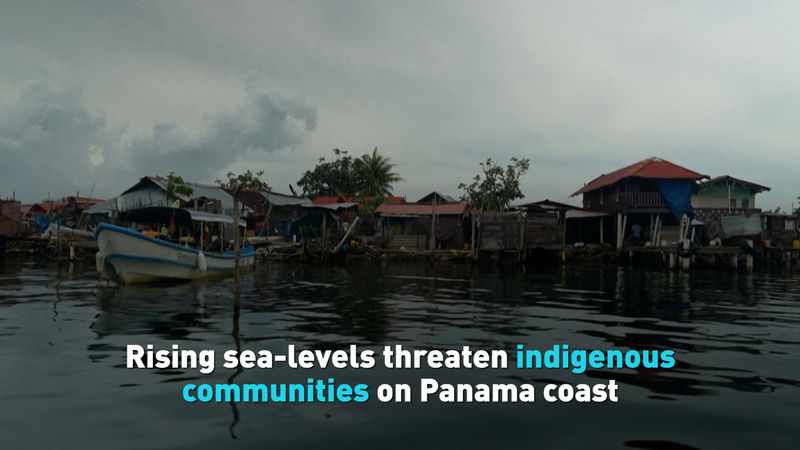Imagine turning ocean water into fresh drinking water more efficiently than ever! 🌊➡️🚰 Chinese scientists have just made a breakthrough that could change the game for seawater desalination.
A team led by Professor Zhang Xuan from Nanjing University of Science and Technology has developed a super-thin polyester film that boosts desalination and water purification tech. Their findings were published this Friday in the international journal Science.
What's the big deal? Well, the current reverse osmosis membranes, usually made from polyamide, do a decent job filtering salt out of water. But they have a kryptonite: chlorine. 🧪 Chlorine is used to kill bacteria in seawater before desalination, but it also damages these membranes, making them less effective or even useless. So, extra steps are needed to remove chlorine before the water hits the membrane, which is a hassle and adds costs.
Enter the new polyester reverse osmosis membrane! 🦸♀️ This innovative material laughs in the face of chlorine and doesn't break down like the old membranes. That means we can skip some pre-treatment steps, saving time and money while getting fresh water. Talk about a win-win!
Professor Zhang explained that their new membrane shows impressive resistance to hydrolytic degradation and full-on chlorine immunity. This could pave the way for next-gen desalination tech that's more efficient and eco-friendly.
With water scarcity being a global issue, especially in arid regions, this breakthrough could make a huge splash in solving water shortages. 💧🌍 Stay tuned as this technology makes waves in the world of water purification!
Reference(s):
Chinese scientists develop new material for seawater desalination
cgtn.com



